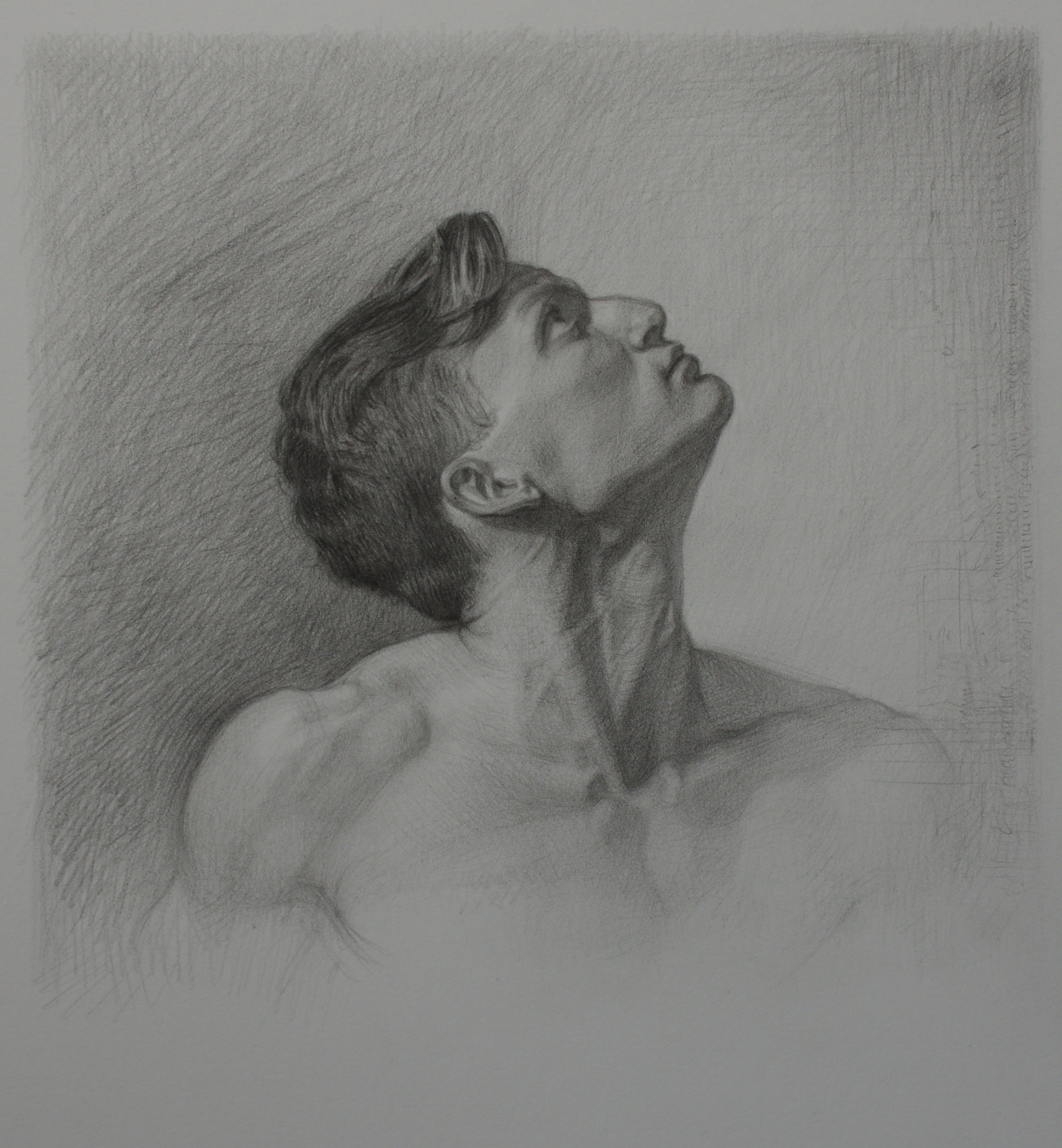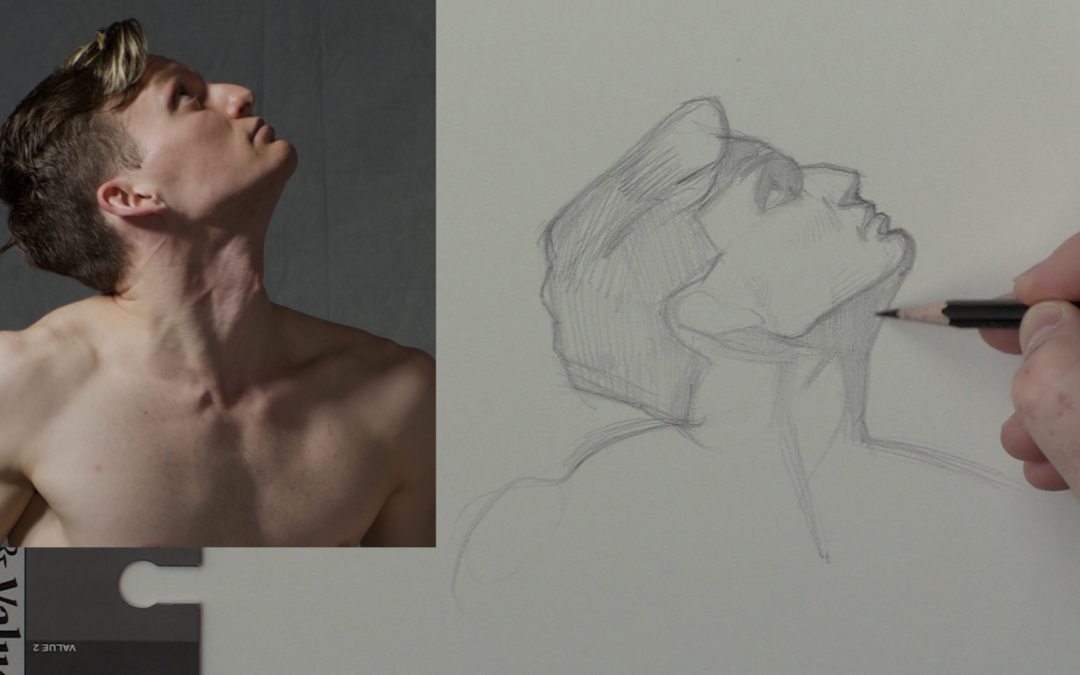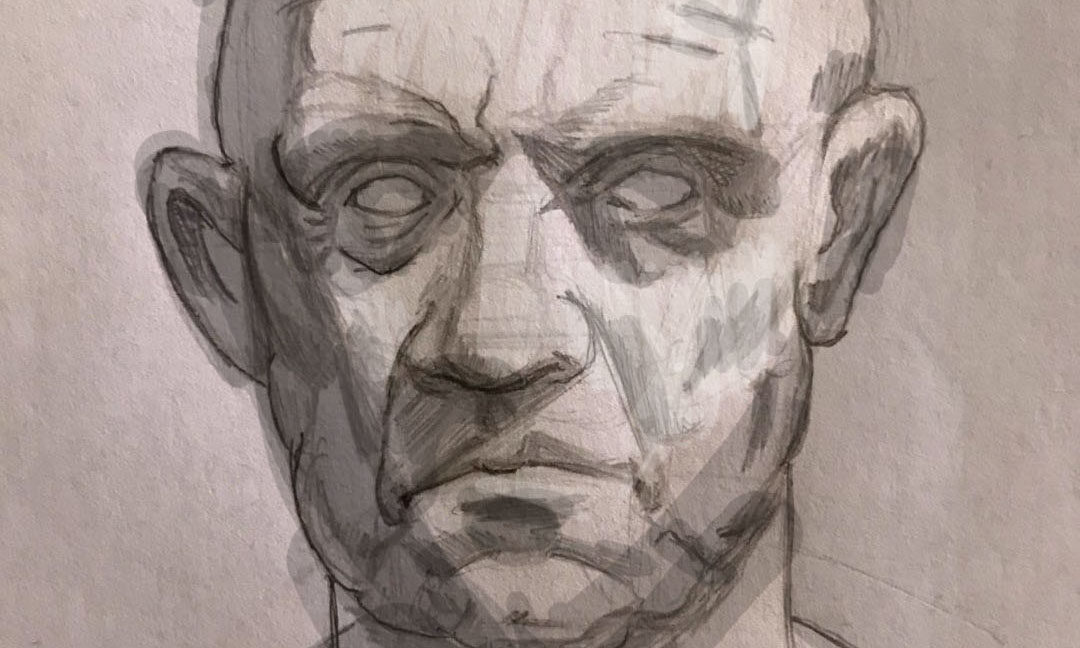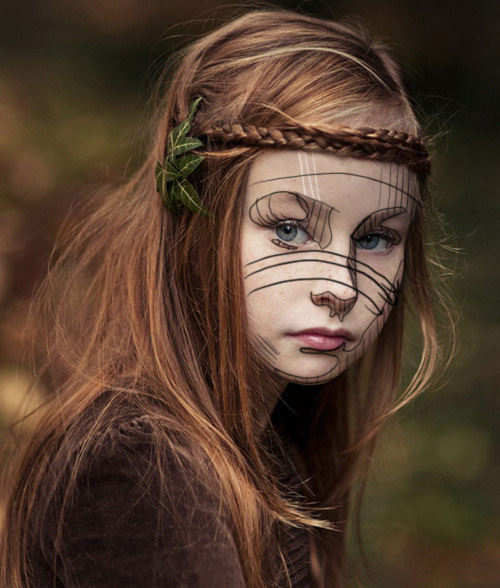
Portrait Drawing – Lesson Five
Okay lesson five, this video will show you the importance of solid shapes. It seems so simplistic, shading in a solid way. However I cannot stress the importance of being able to squint and see shapes, then shading them their appropriate value.
I have critiques literally thousands of portrait drawing in the member gallery at Drawing Tutorials Online. The biggest struggle many artists have is having no shapes within their portrait drawing. If they have shapes they are soft and fuzzy without the proper value.
I absolutely love to draw with both line and shape. However likeness really comes with shape when it comes to drawing with both line and tone.
In your daily practice continue to shade shapes in a solid way. Sometimes what we think is complicated is actually pretty simple. It’s all about drawing accurate and shapes and shading them with the correct value.>/p>
Thanks so much for watching!




